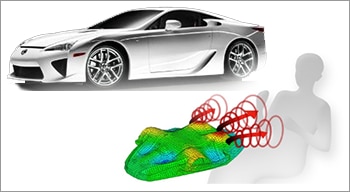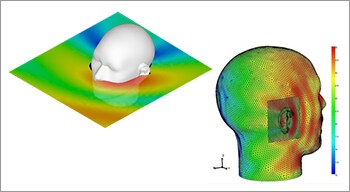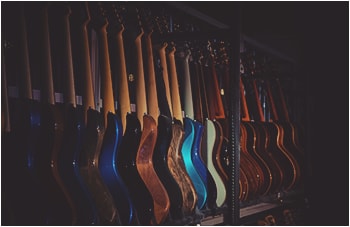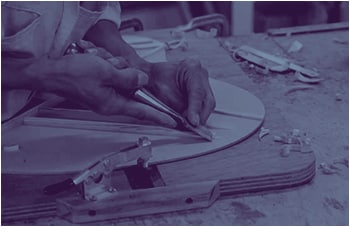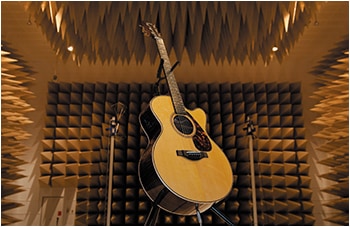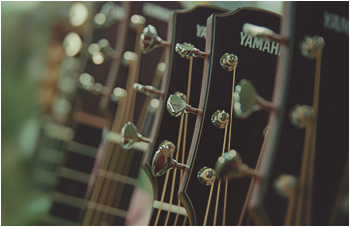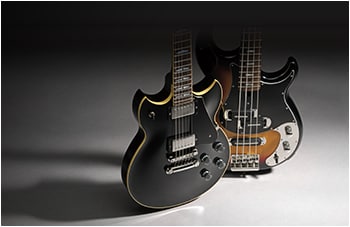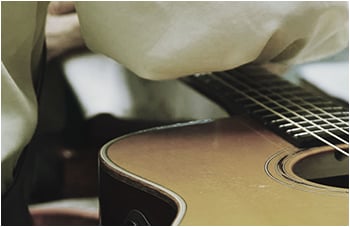ACOUSTIC ANALYSIS
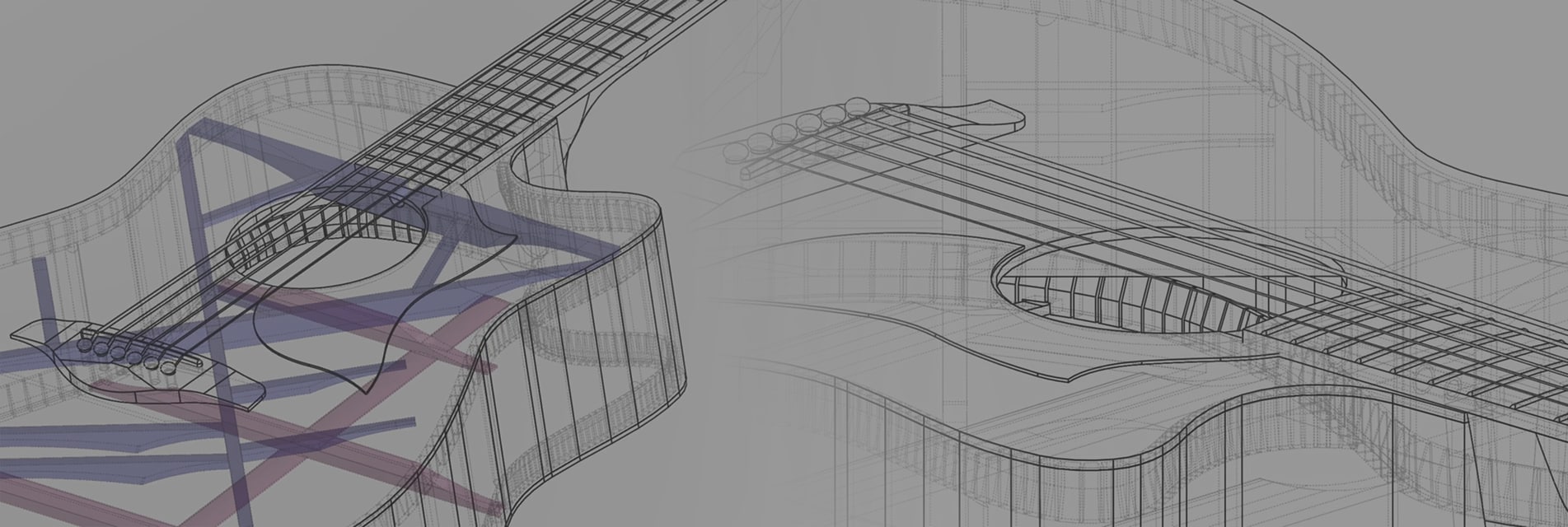
The shape of acoustic musical instruments, their structure, the materials used, and other elements of their design have a major effect on their tone. For this reason, Yamaha evolves its instruments by using measuring and simulation technologies to study how the various parts of instruments vibrate and how the final sound is made.
Acoustic Analysis at Yamaha
Yamaha is the largest manufacturer of musical instruments in the world, and engages in a range of research and development related to sound for acoustic instruments, digital instruments, speakers and listening across many different applications.
Digital keyboard
Yamaha creates acoustic design for the engine of the LEXUS LFA
HRTF
Scientific analysis of sound, and research and design of products for better sound
For acoustic product development, we make constant efforts to define and quantify the correlation between design specifications and vibration, and between the physical properties of an object and its sonic characteristics.
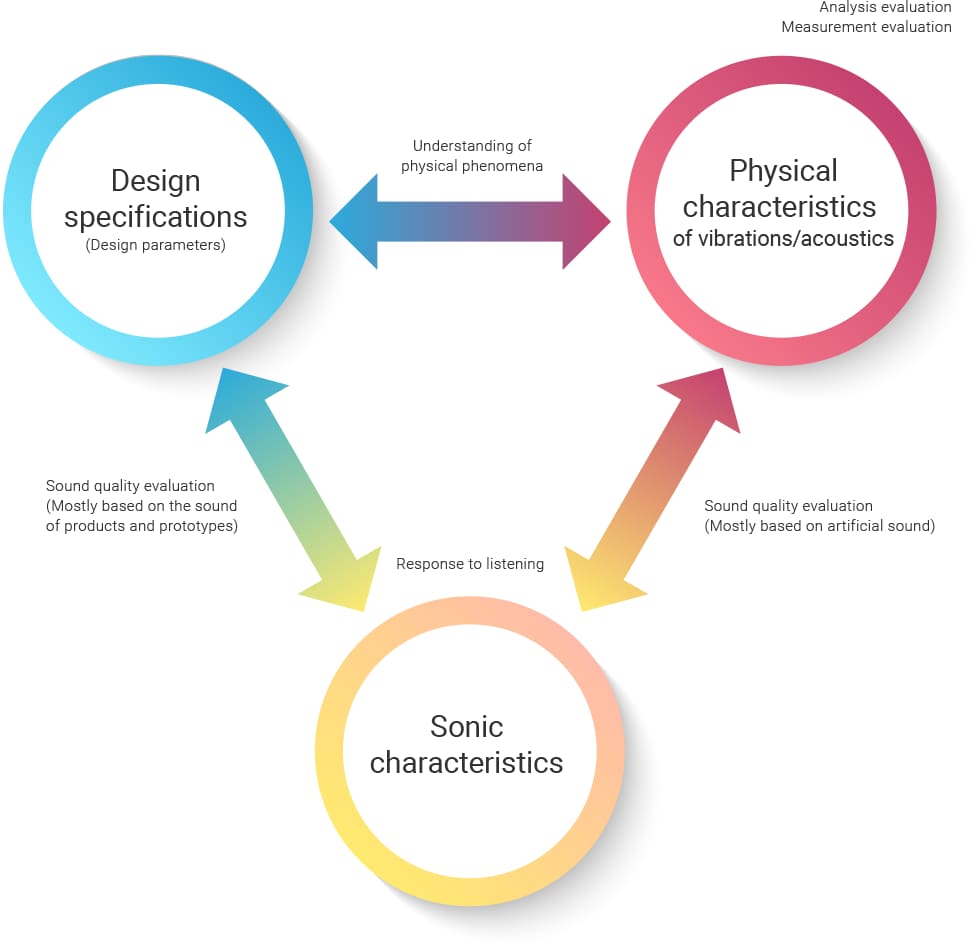
Product research and design for acoustic guitars
Although they look simple, acoustic guitars are complicated structures and their acoustic design requires the designer to take a wide range of factors into account.
To support the experience of guitar designers and builders, we work to organize and define the relationship between design elements of guitars and their acoustic characteristics. We apply measurement techniques and numerical analysis to the know-how of experienced designers and luthiers to provide a visual representation of acoustic and vibration characteristics and identify what changes to certain design elements would produce specific tonal characteristics.
1) Measurement of acoustic and vibration characteristics
Yamaha possesses cutting-edge acoustic property analysis technology, and utilizes this equipment to perform in-depth analysis of the acoustic characteristics of guitars in order to obtain data that is used in product development.
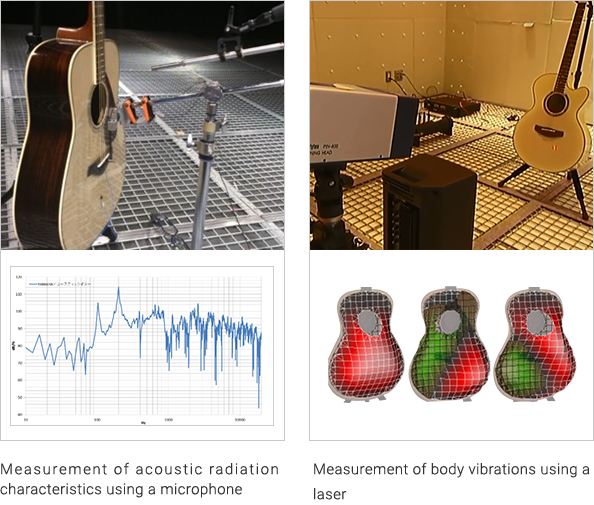
2) Simulation
Yamaha has developed proprietary simulation techniques for use in designing guitars that allow us to use a computer to control and design the sound of a guitar virtually, before the first chisel touches any wood.
This simulation technology enables us to understand the physical phenomena behind a guitar’s tone, and clearly identify the particular physical characteristics of a great guitar. These characteristics are then applied to real-world prototypes, with listening tests used to determine the final designs. The computer simulation techniques are much more efficient that trial and error when trying to pinpoint a certain tonal characteristic, but there’s no substitute for great ears when it comes to the final decision of what sounds good.
3) Product development
In the development of the new L, FG, A Series and CSF guitars, we used a combination of simulation and real-world measurements, together with many listening tests, to determine the sound, and therefore the construction, of each guitar.
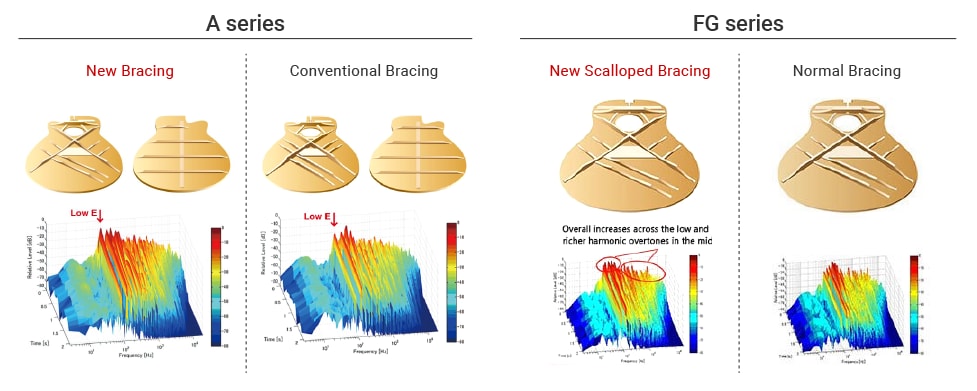
RESEARCH AND DEVELOPMENT
CRAFTSMANSHIP
QUALITY CONTROL
ACOUSTIC ANALYSIS
ACOUSTIC GUITAR ANATOMY
ELECTRIC GUITAR ANATOMY
MAINTENANCE: CHANGING YOUR STRINGS


